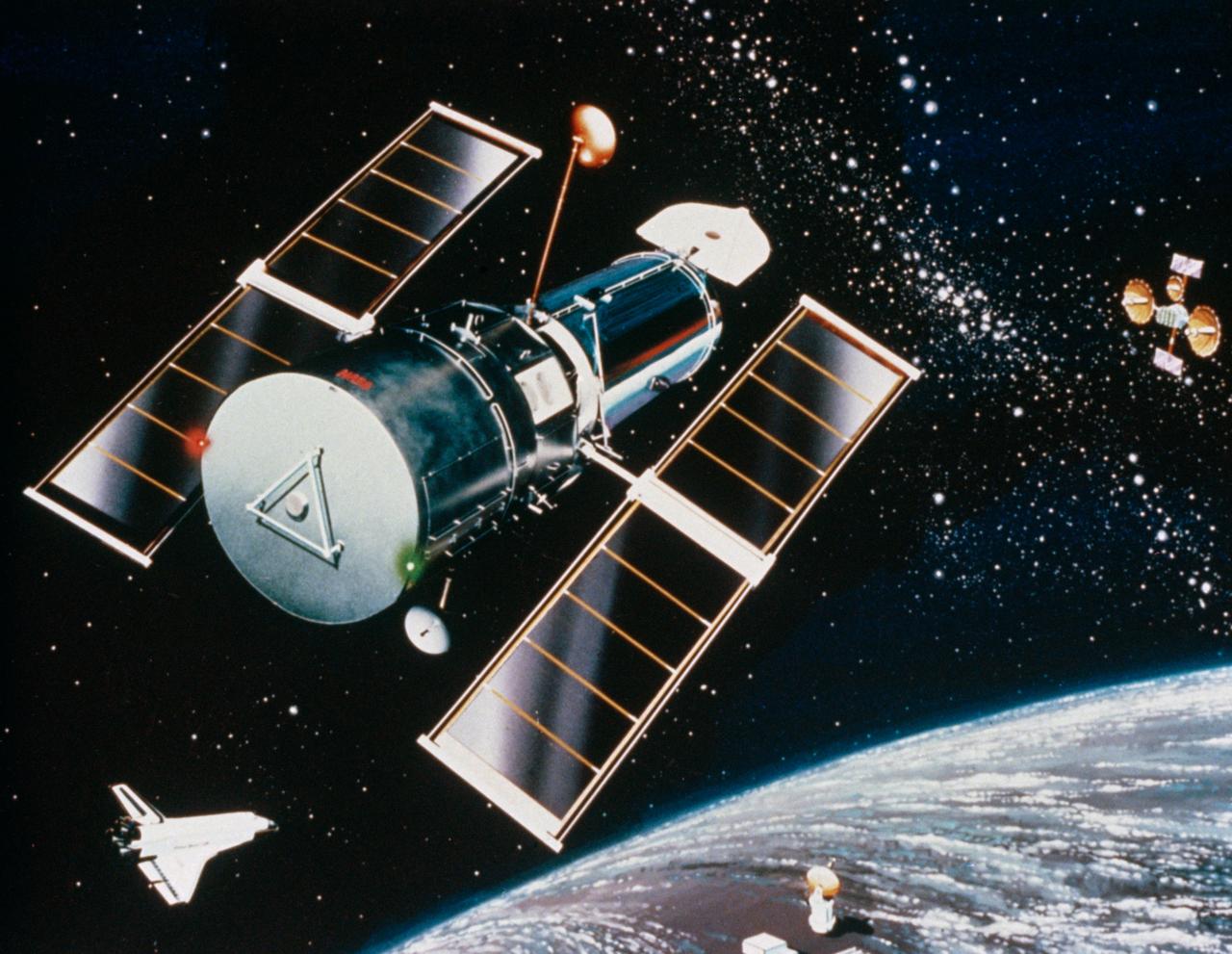

“The James Webb Space Telescope will give us a fresh and powerful set of eyes to examine our universe,” Smith wrote in an update on NASA’s website. The mission, originally expected to last for 10 years, has enough excess fuel capability to operate for 20 years, according to NASA Deputy Administrator Pam Melroy. These will be the first of many images to come from Webb, the most powerful telescope ever launched into space. The nebula’s second star can be seen in the Webb image, as well as how the stars shape the gas and dust cloud.

Webb helped reveal previously hidden details about the nebula, which is a shell of gas and dust released by the dying star. This large planetary nebula includes an expanding cloud of gas around a dying star. The Southern Ring Nebula, also called the “Eight-Burst,” is 2,000 light-years away from Earth. And the spectrium of WASP-96 b is “barely scratching the surface of what we’re going to learn.”Ĭolón anticipates that scientists will determine just how much water is in the exoplanet’s atmosphere. In the future, Webb will capture actual images of known exoplanets while also searching for unknown planets, said Knicole Colón, Webb deputy project scientist for exoplanet science at NASA’s Goddard Space Flight Center, during a news conference. The observation demonstrates “Webb’s unprecedented ability to analyze atmospheres hundreds of light-years away,” according to NASA. Webb’s spectrum includes “the distinct signature of water, along with evidence for clouds and haze, in the atmosphere surrounding a hot, puffy gas giant planet orbiting a distant Sun-like star,” according to NASA. NASA's James Webb Space Telescope captured a spectrum of WASP-96 b. It has half the mass of Jupiter and completes an orbit around its star every 3.4 days. Discovered in 2014, WASP-96 b is located 1,150 light-years from Earth. The spectrum includes different wavelengths of light that reveal new information about the planet and its atmosphere. Webb’s study of the giant gas planet WASP-96 b is the most detailed spectrum of an exoplanet to date. NASA shared Webb’s first cosmic targets on Friday, providing a teaser for what else Tuesday’s image release will include: the Carina Nebula, WASP-96b, the Southern Ring Nebula and Stephan’s Quintet. Deep field observations are lengthy observations of regions of the sky that can reveal faint objects. The image, taken by Webb’s Near-Infrared Camera, is composed of images taken at different wavelengths of light over a collective 12.5 hours. The galaxy cluster is shown as it appeared 4.6 billion years ago. Some of these distant galaxies and star clusters have never been seen before. The image of SMACS 0723 is "the deepest and sharpest infrared image of the distant universe to date," according to NASA. Called gravitational lensing, this created Webb’s first deep field view that includes incredibly old and faint galaxies. The first image, released on Monday, shows SMACS 0723, where a massive group of galaxy clusters act as a magnifying glass for the objects behind them.

Now, Webb is ready to help us understand the origins of the universe and begin to answer key questions about our existence, such as where we came from and if we’re alone in the cosmos. The telescope will also look at every phase of cosmic history, including the first glows after the big bang that created our universe and the formation of the galaxies, stars and planets that fill it today. Webb will peer into the very atmospheres of exoplanets, some of which are potentially habitable, and it could uncover clues in the ongoing search for life outside of Earth. The space observatory, which launched in December, will be able to peer inside the atmospheres of exoplanets and observe some of the first galaxies created after the universe began by viewing them through infrared light, which is invisible to the human eye. Opinion: New space photos will reveal secrets of the universe


 0 kommentar(er)
0 kommentar(er)
